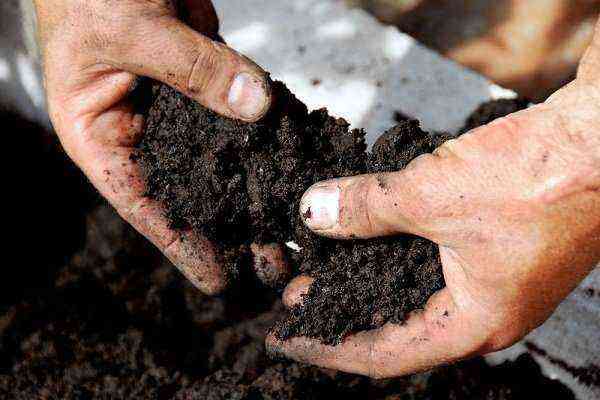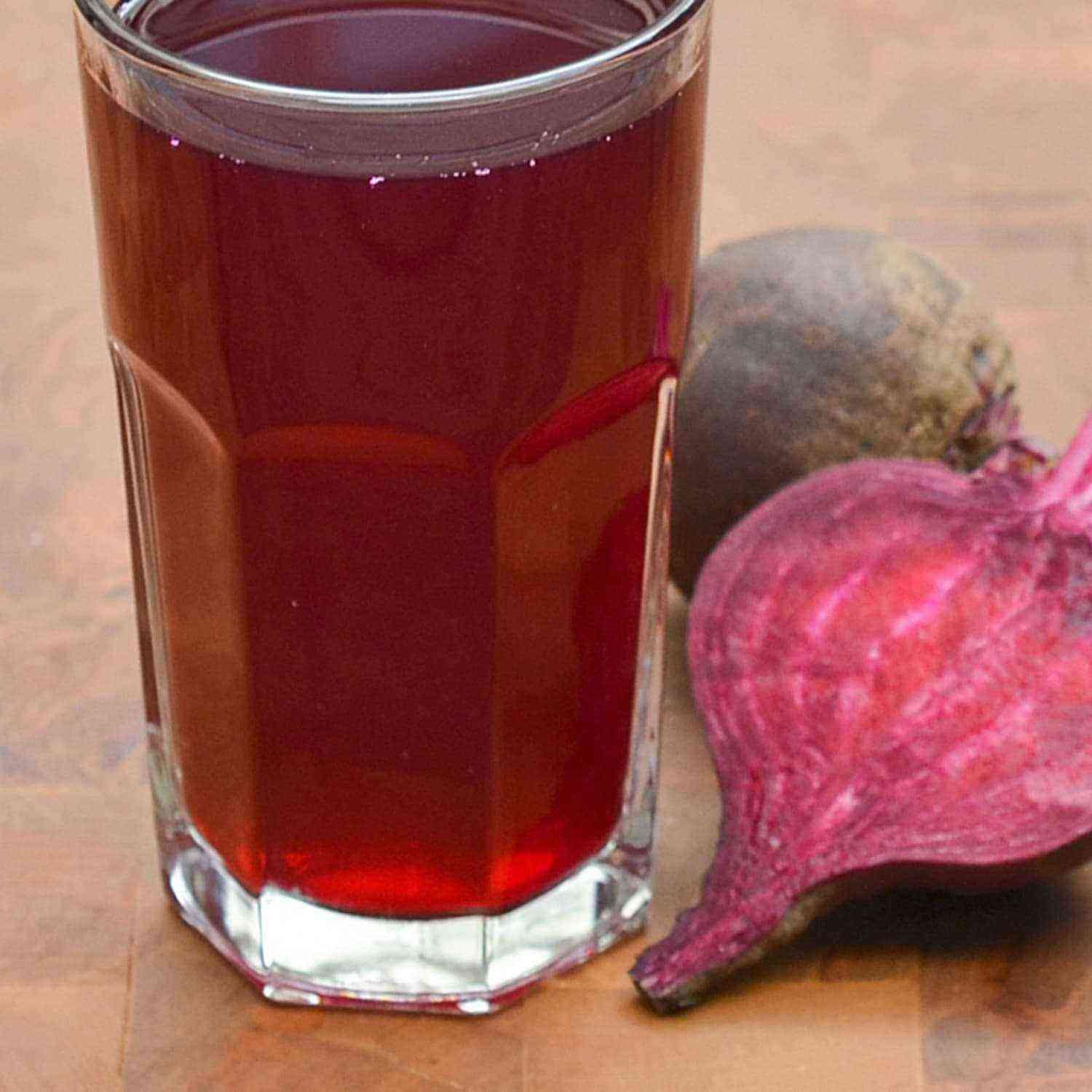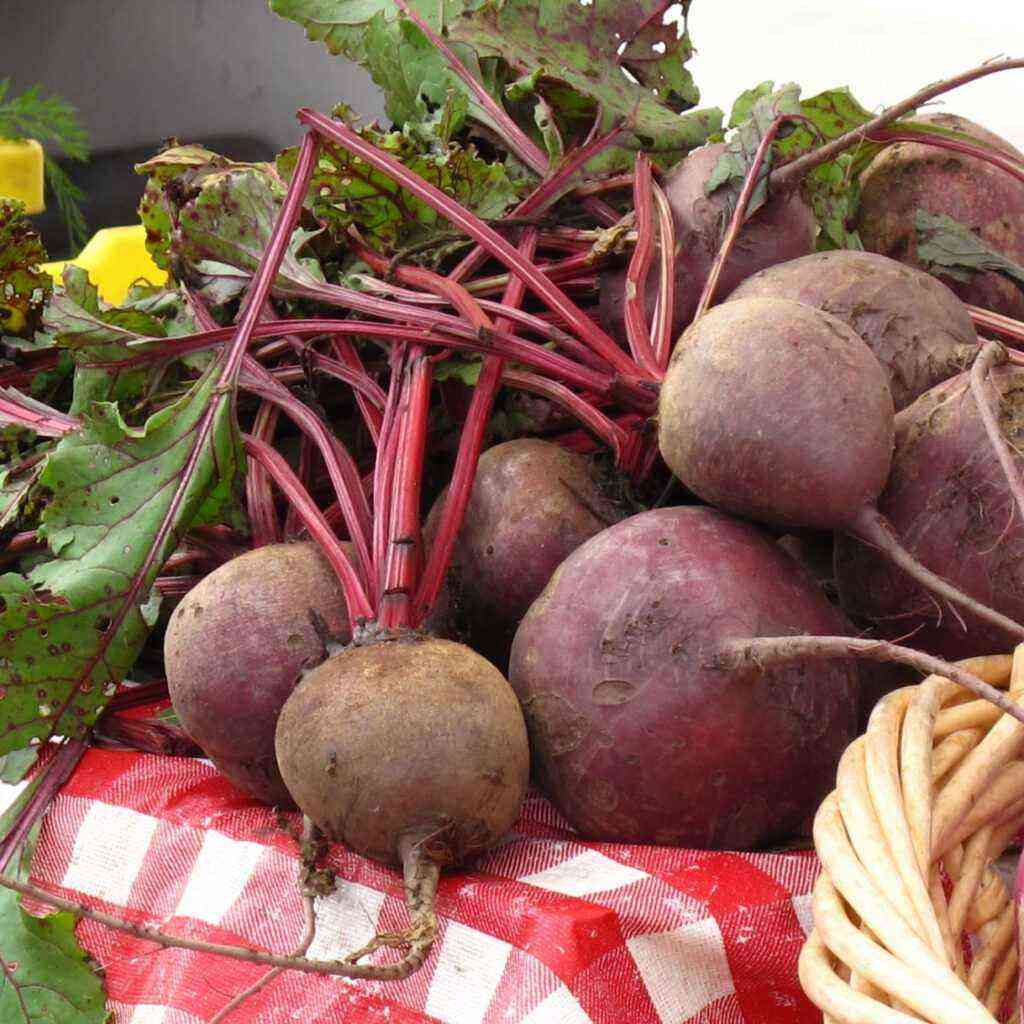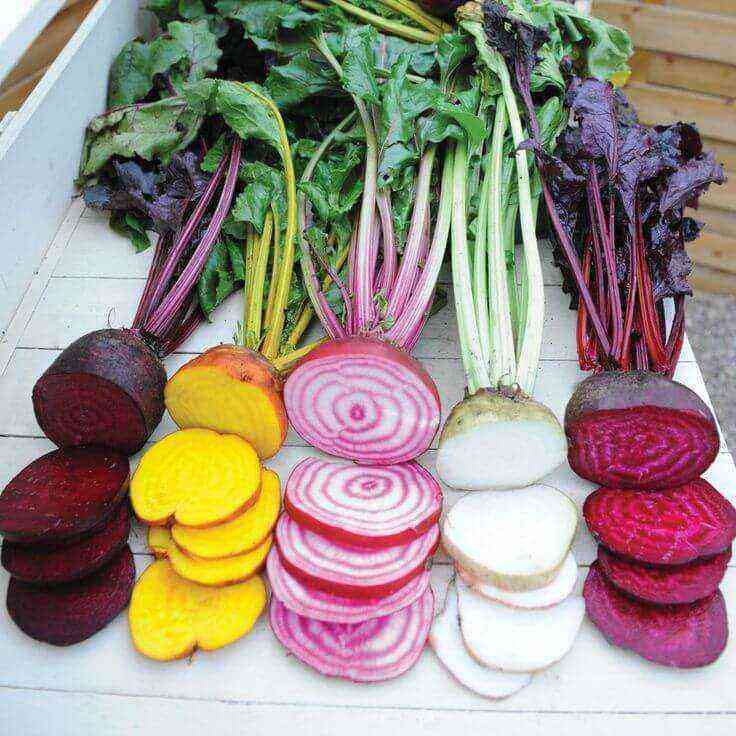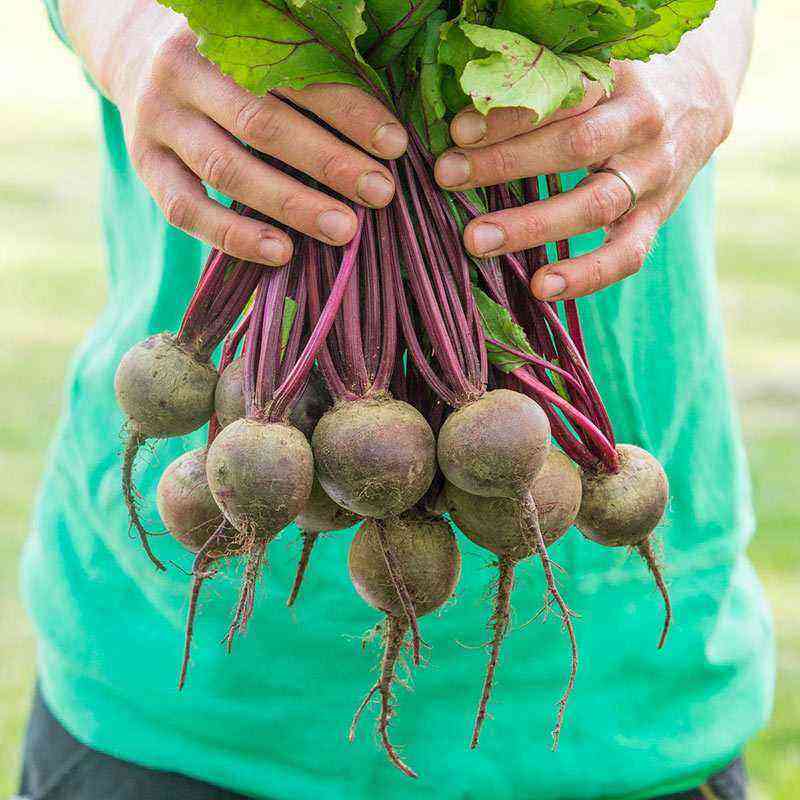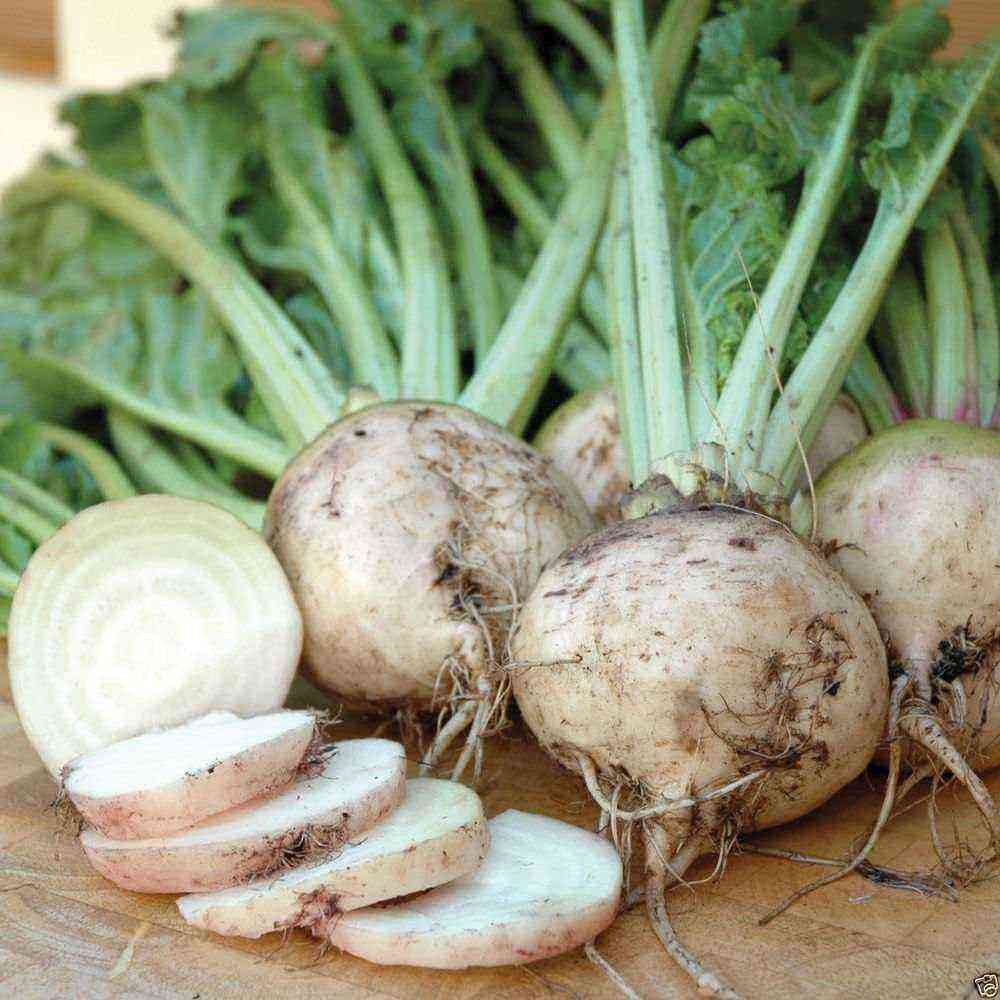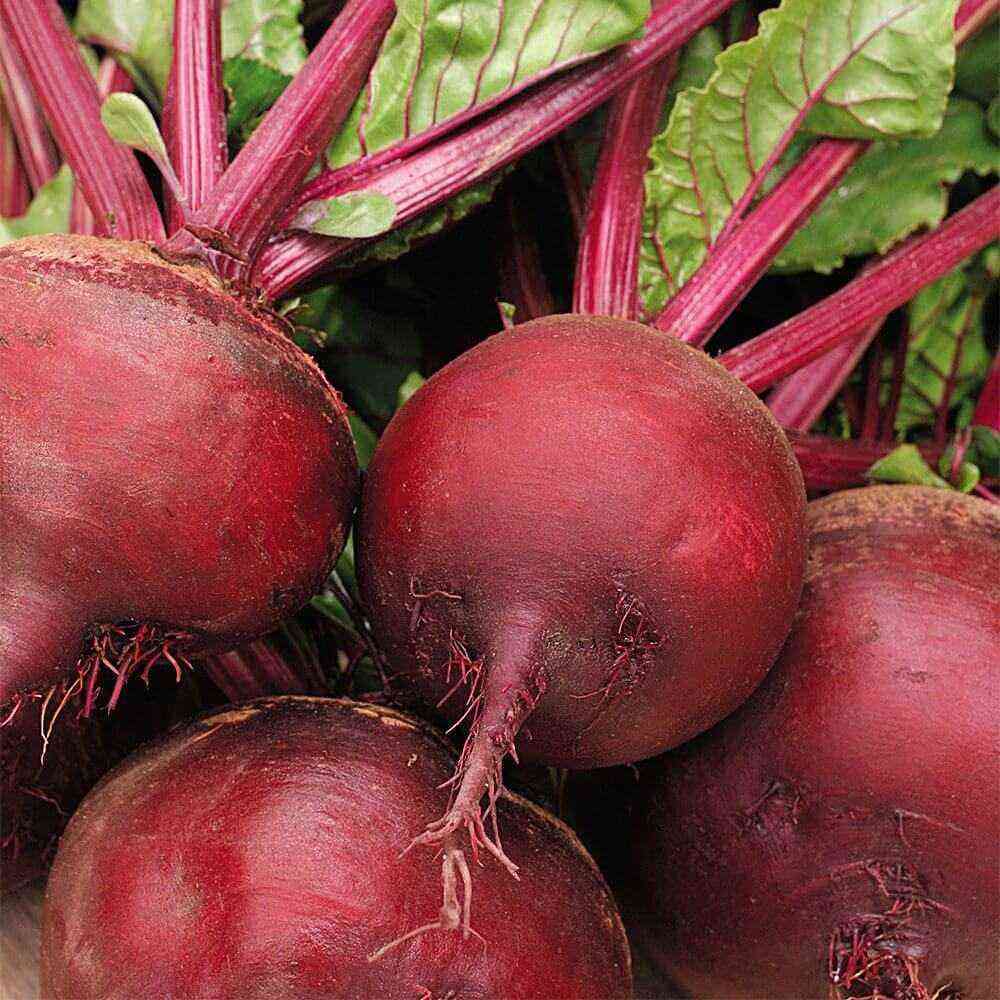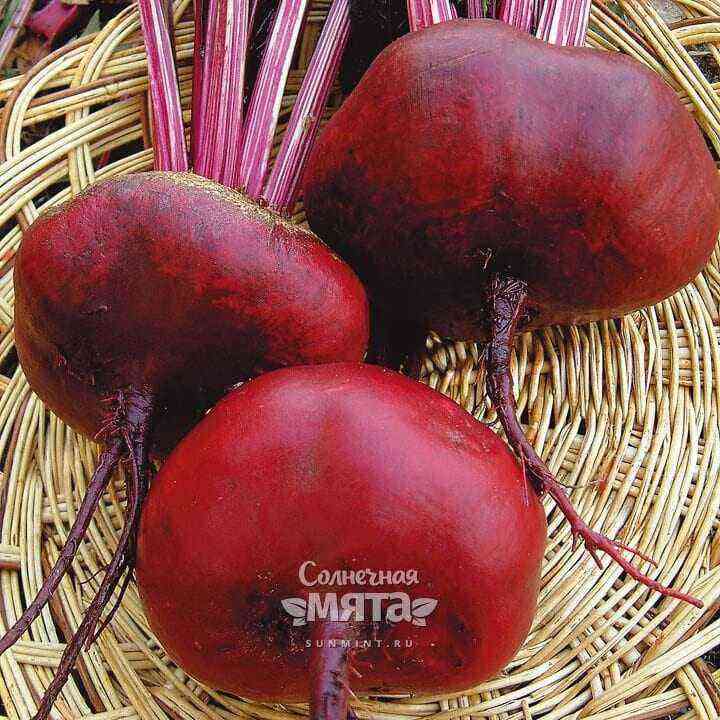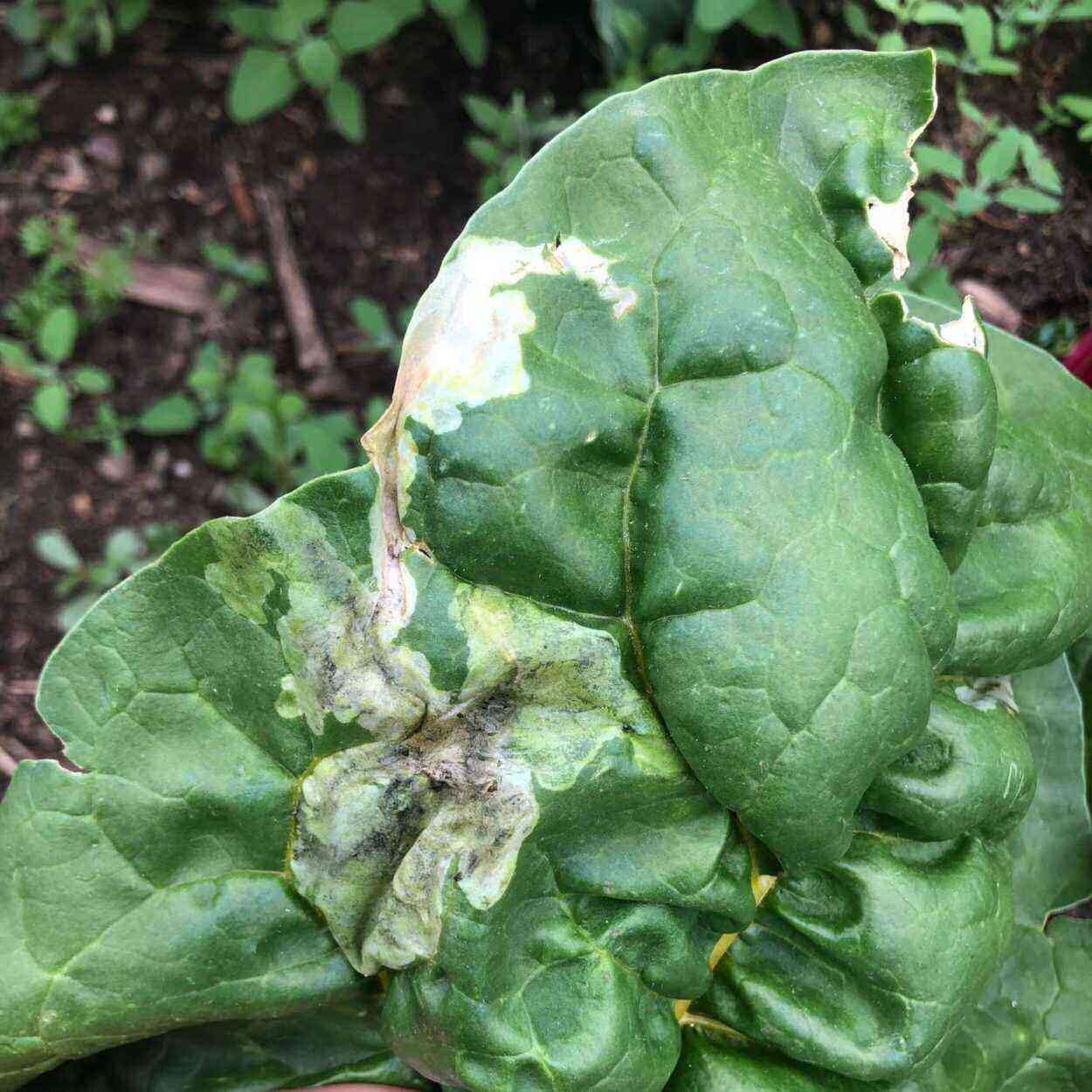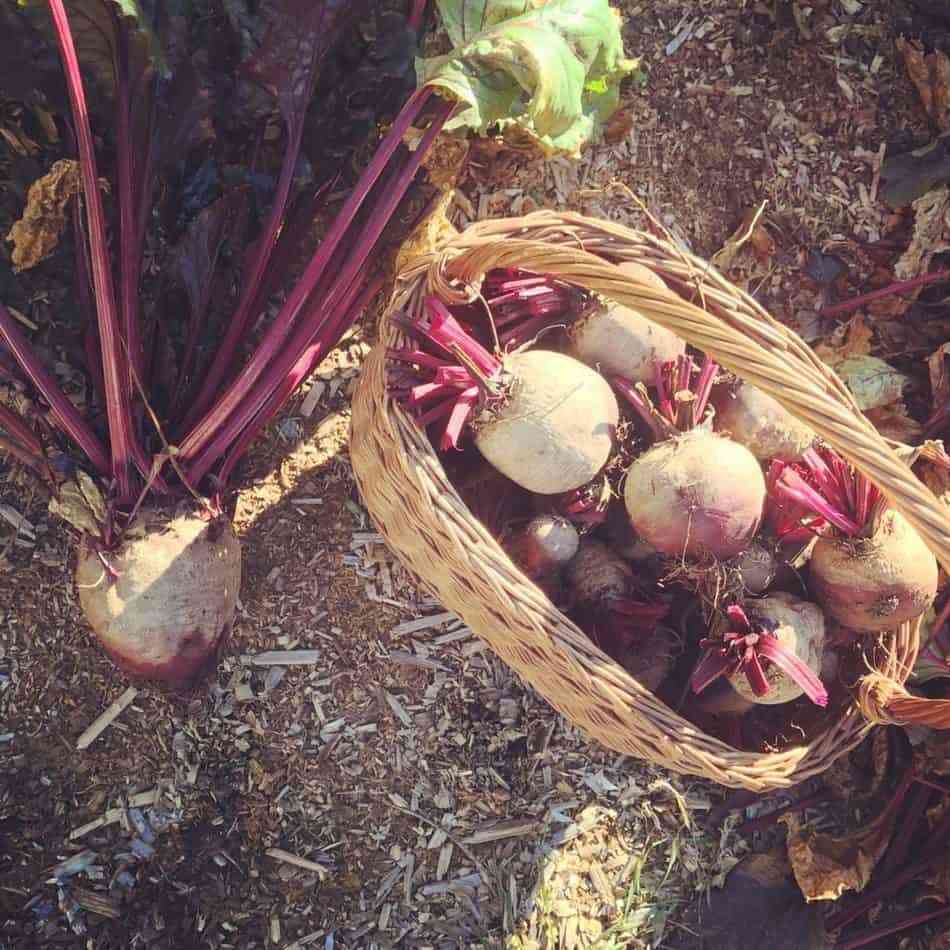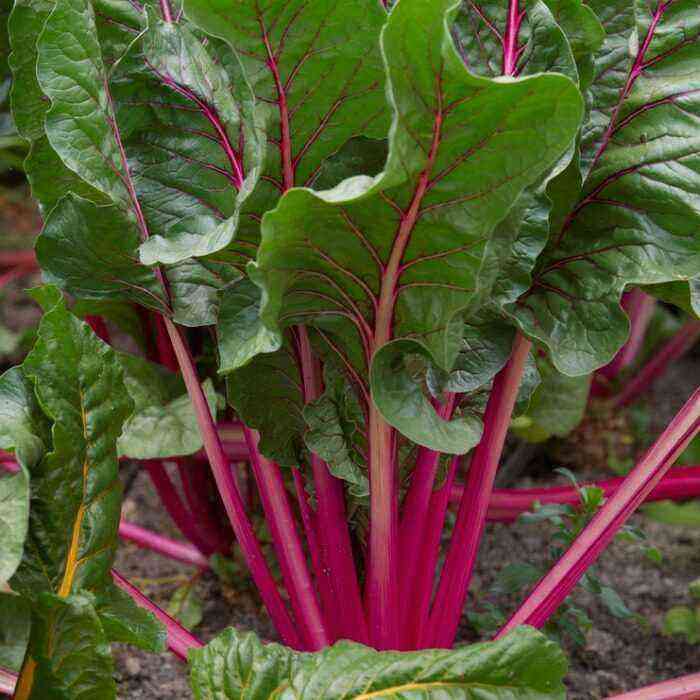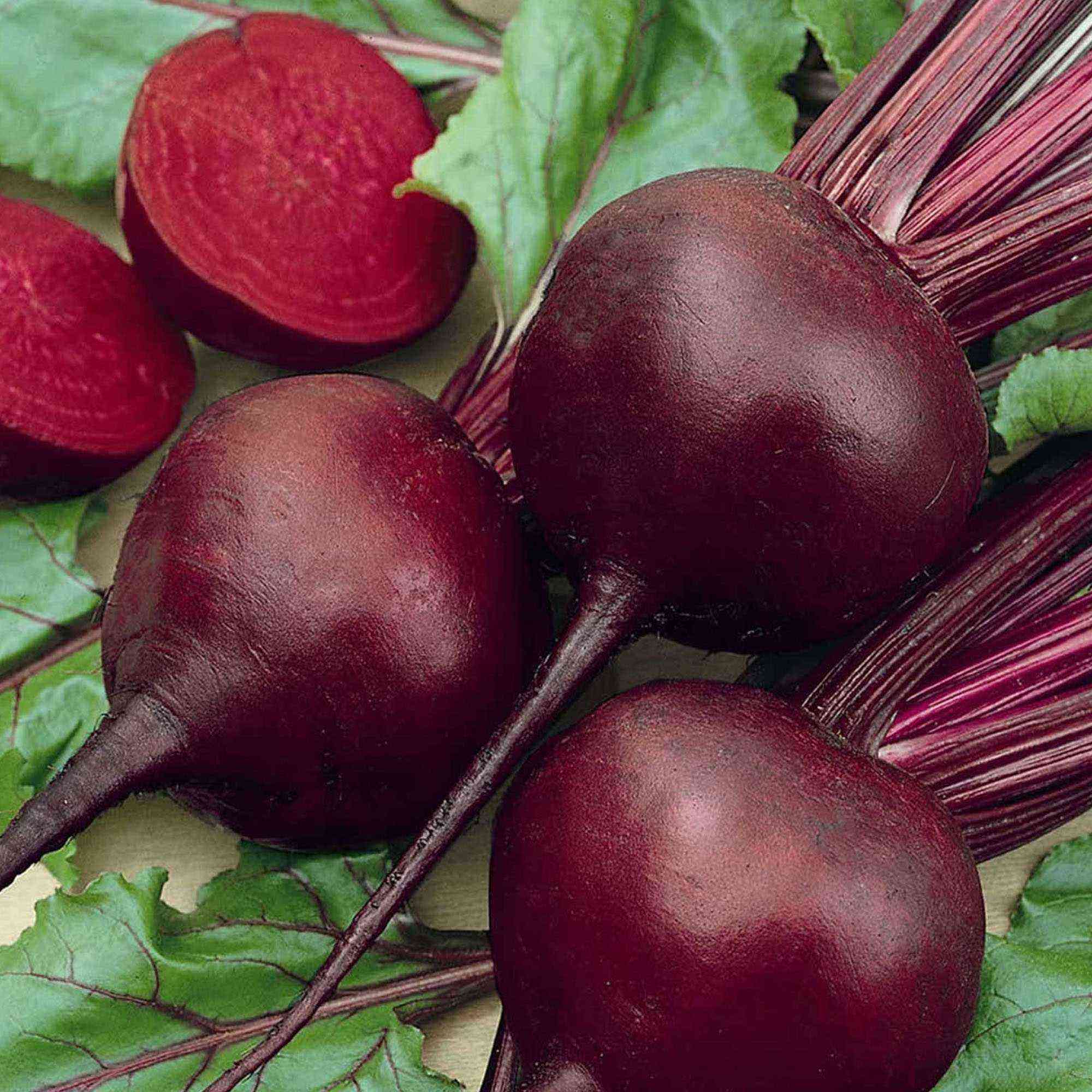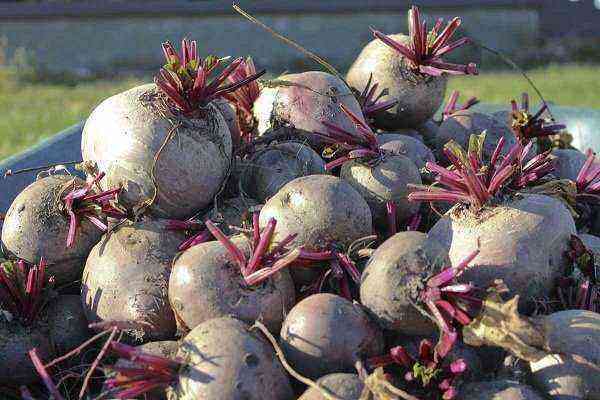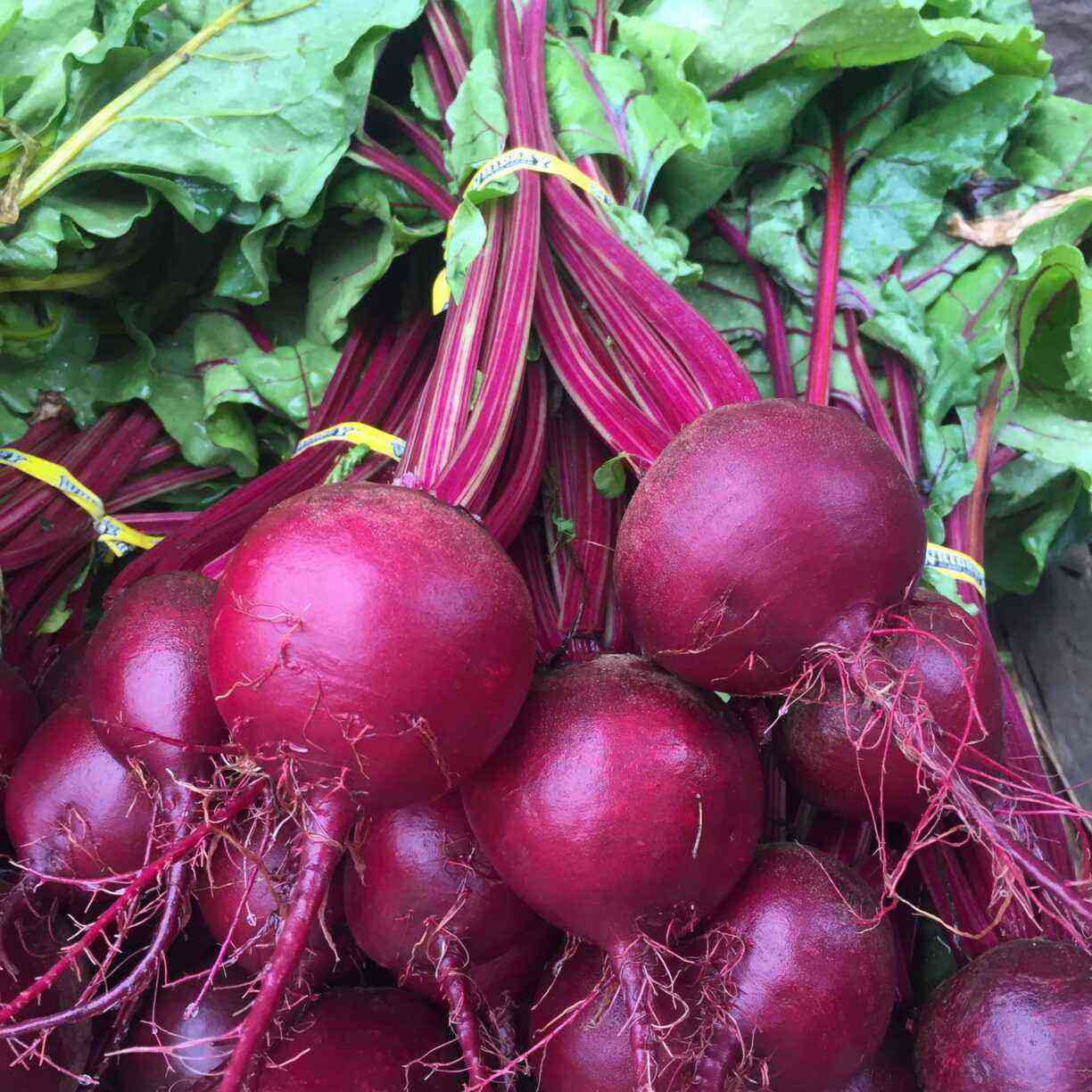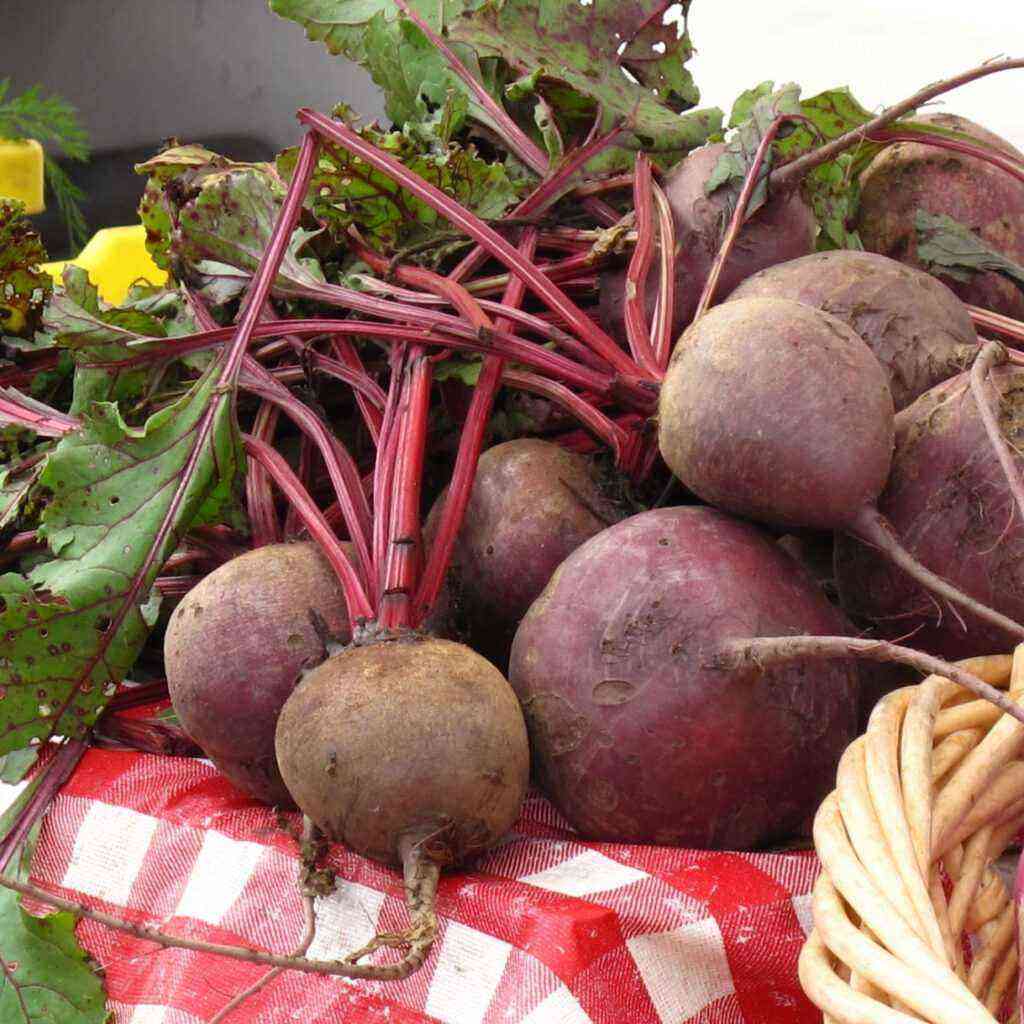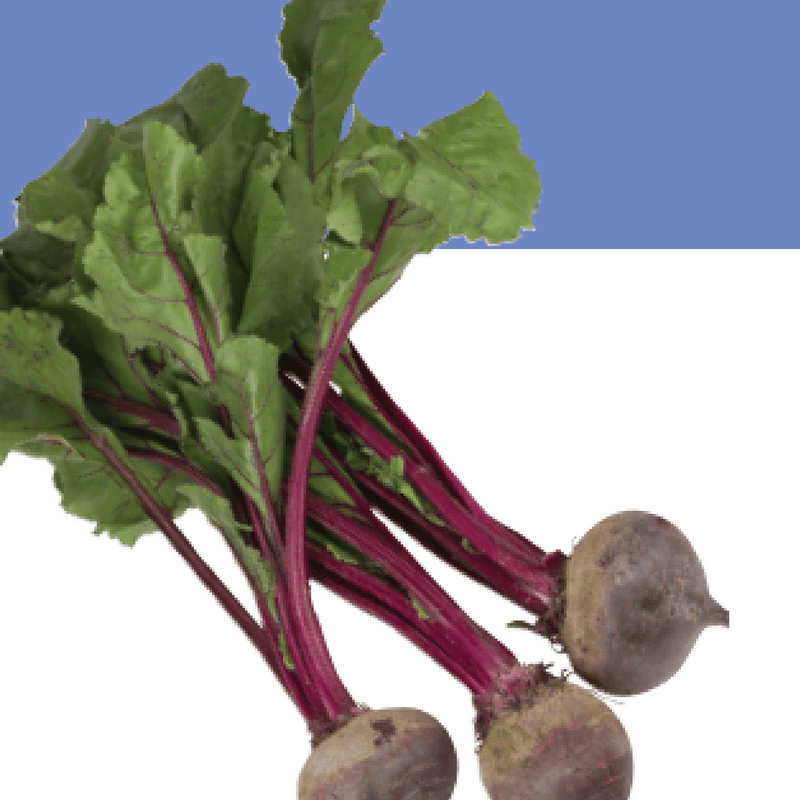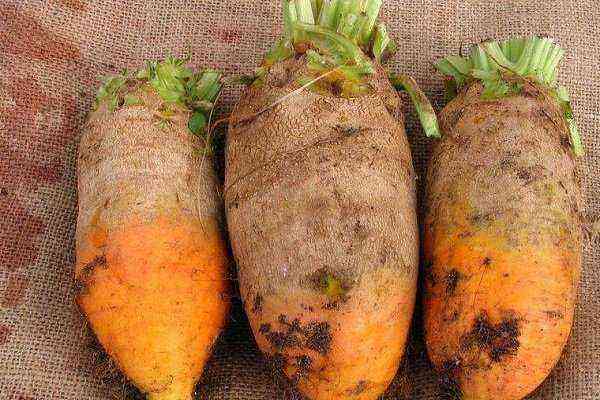The timing of beet harvesting largely depends on the variety. After extraction from the ground, care must be taken to prepare the fruits for storage so that they remain useful and usable for longer. You will learn about this, as well as about the signs of ripeness of vegetables and the correct sorting of the crop, while reading this article.
Optimal timing of beet harvesting
Particular attention should be paid to the time required for the vegetation of root crops.
There are 3 main categories:
- Early variety. For full maturation, an average of 70 days is required. The disadvantage of the variety is a less pronounced taste. The first fruits are harvested from August to September. An example is the Boyar.
- Mid-season. It is required to wait 80-100 days from germination. The most common species in the temperate climate of our country. Suitable for consumption raw and cooked. The harvest starts in September. This includes Bordeaux.
- Late ripe. Fruits are formed in 100-140 days. They are distinguished by good keeping quality and rich taste. Usually harvested in October, so they are not suitable for growing in northern climates. Representative – Commander.
The importance of timely cleaning
Fully ripened beets are more palatable and store better.
If you make a mistake with the cleaning time:
- Late harvest. In appearance, such fruits practically do not differ from vegetables of the optimal harvesting period. But after 1-2 months they begin to deteriorate. This is due to the freezing of root crops.
- Early cleaning. Beets have a less pronounced taste. In addition, it accumulates less nutrients.
How to determine the maturity of a root crop?
There are several main parameters:
- Dimensions. Usually spelled out on the package with seeds. Depending on the variety, the diameter of medium fruits ranges from 5-10 cm. The largest representatives reach 15 cm.
- Leaves. They become yellowish, wither.
- Root. The central one is thinning out. A large root system is characteristic of immature vegetables.
- Fruit. Small growths appear on them.
Cleaning according to the lunar calendar
Among experienced gardeners, there is an opinion that harvesting should be based on the phases of the moon:
- Descending. In the constellations of Gemini, Capricorn, Taurus.
- Growing. In the constellations Virgo and Capricorn.
What days to pay attention in 2019:
- July. 23-27 number.
- August. In the period from 19 to 25.
- September. 8-9, from 16 to 21, 25-26.
- Октябрь. 3-6, from 15 to 19, 22-25.
If you harvest on the waning moon in the constellation of Cancer, the fruits will be watery and tasteless.
The influence of weather conditions on the timing of the beet harvest
The climate has a great influence on the vegetation of root crops:
- Dryness and coldness. If the culture ripens under such conditions, then one should not rush. It can remain in the soil for several days after ripening to accumulate nutrients and become sweeter.
- Rain. With abundant moisture, beets become watery, quickly deteriorate and suffer from diseases. In this case, you need to collect the fruits immediately after ripening.
- Heat. If the temperature is too high, the roots will grow tough and fibrous in texture.
The culture must be removed before the first frost, otherwise it will quickly deteriorate.
Dependence of collection time on the region of residence
What you need to know about it:
- Siberia and the Urals. In this case, the cold comes earlier. Beets should be dug up before the end of September.
- Middle lane and Moscow region. In temperate climates, late harvest can ripen until early November.
Harvest Rules
The steps are as follows:
- Choose a dry and sunny day. If you collect wet fruits, they will be stored less.
- Take a sharp knife or shovel. Undermine the vegetable from several sides. Avoid scratching the skin.
- Grasp the leaf carefully and pull up. Try not to damage the root crop.
- Clear the ground. It is better to do this with your hands in fabric gloves.
- Trim the leaves. Leave about 1 cm. Also remove the side roots and shorten the central one if it is too long.
- Spread the beets outside under a canopy to dry. Flip to dry evenly on all sides. Don’t spend more than 4 hours on this. If you leave the fruits in the open air, they will quickly lose their juiciness. Indoors, root crops can dry longer – 2-3 days or even 1 week.
Washing beets is not recommended, otherwise they will quickly become unsuitable for storage.
In the following video, you can learn when to properly harvest beets and how to do it:
Sorting
There are 2 sorting criteria:
- The size. Sort the vegetables, separating small and large. When storing, small beets are placed on the bottom, and large ones are placed on top.
- Timing. Store early, mid-ripening and late root crops separately.
You also need to remove:
- damaged;
- with signs of illness;
- rotting;
- deformed.
If spoiled parts are cut from vegetables, they can be used for immediate consumption or fed to livestock.
Features of storage
After harvesting, it is important to make sure that it retains its characteristics for a longer time. The tips below will help you with this.
Optimal conditions
How to create:
- Temperature. Should be between 0-3 degrees.
- Humidity. It is maintained at the level of 90-92%.
- Premises. Dark, protected from rodents and frost.
Methods
There are several methods that allow you to save beets for the winter. Learn more about each of them below.
Basement or cellar
The main ways are:
- Box. Place vegetables in cardboard boxes and sprinkle sand on top.
- Shelves. Place the beets in 1 layer, respecting the distance between the vegetables. The bottom board should be about 15 cm from the floor to ensure proper air circulation. Do not lean the rack against the wall.
Квартира
Where to store:
- Balcony. Only a glazed loggia is suitable. Take large polyethylene bags, make holes in them and lay the beets, sprinkling sawdust on top. Don’t tie. Can also be packed in boxes with air holes and covered with shavings. In the period of frost, the crop is covered with blankets.
- Pantry. Arrange in wooden boxes, sprinkling with sand so that the roots do not touch each other.
Refrigerator
Shelf life does not exceed 1 month.
How it happens:
- In the package. Root crops are placed in a bag open for air circulation and placed in a vegetable box.
- In paper. Each fruit is wrapped separately.
You can also put vegetables in the freezer. For this:
- cut off the ponytails;
- boil until tender;
- wait for cooling;
- remove the foreskin;
- cut in a convenient way;
- arrange in packages or containers, signing the date on each;
- put in the freezer.
Root crops retain their qualities for 8 months or more.
Secrets of experienced gardeners
How else can you preserve the properties of vegetables:
- Shared storage. To do this, lay the potatoes in the bottom layer. Arrange the beets on top. With this method, both cultures remain fresh and retain their beneficial properties.
- Soaking in clay. Mix oily clay with water to get a substance similar in structure to sour cream. Dip each vegetable into the mixture. Give them time to dry. In winter, you can simply rinse the fruits under water to wash off excess clay.
- Salt treatment. Prepare a concentrated solution and dip the roots into it. You can also sprinkle the spaces between the fruits.
- Methods for separating fruits. Other options for separating vegetables from each other are wrapping with foil or fern, rolling in wood ash.
An experienced gardener will tell you about the rules for storing beets in the following video:
Harvesting beets should be carried out no later than November. The fruits are cleaned of soil, dried and sorted out, then placed in storage in the basement, on the balcony or in the refrigerator. Under good conditions, vegetables can retain their taste and useful properties until next year.
